_103127_730x419-m.jpg)
Andhra Pradesh Chief Minister Chandrababu Naidu is a disgruntled man these days. He is leaving no stone unturned to play the victim card against ally the Bharatiya Janata Party (BJP). After failing to bargain a special-category status for his state from the BJP (is in power at the Centre) he is now trying to invoke the South vs North debate on the issue of resource distribution by the Union government.
Speaking on the motion of thanks to the Governor’s address in the state legislative council in Amaravati on Tuesday, Naidu said: "There is nothing called central money or state’s money. It’s the people’s money. Southern states contribute the maximum tax revenue to the Centre, but the latter is diverting the money for the development of northern states."
Such a sub-nationalist pitch is not new. In fact, current prime minister Narendra Modi, used the same argument when he was the chief minister of Gujarat and alleged that his state's share in Centre's devolution was less than what it offered in taxes.
Those who make this argument back it up by showcasing the central taxes generated in their state and comparing it with what they get in return under the Finance Commission's devolution formula.
But is this argument justified?
According to Pronab Sen, former Chief Statistician of India: "It is a matter of perspective. One of the functions of the Finance Commission is equalisation. It is to bring all parts of the country at par and that is what Finance Commissions do because that is part of constitutional provisions."
Under this formula, a state with higher number of poor people gets higher devolution from central taxes.
Are North Indian states themselves responsible for poverty?
Not really.
Sen argues that "Money is provided to states to do the best that they can. South Indian states may argue that the North Indian states waste the money provided to them. But what if Uttar Pradesh and Bihar say that that they do not have the coastal area that is available with the Southern states? Will the the Centre provide them with a coastline?"
States with a coastline have often developed faster than those without one. It makes economic sense for industries to set up their manufacturing units in areas with a coastline, from where they can export finished products.
Apart from this, the state governments of North India had a historical disadvantage of starting off with higher rate of illiterate population than those in the South.
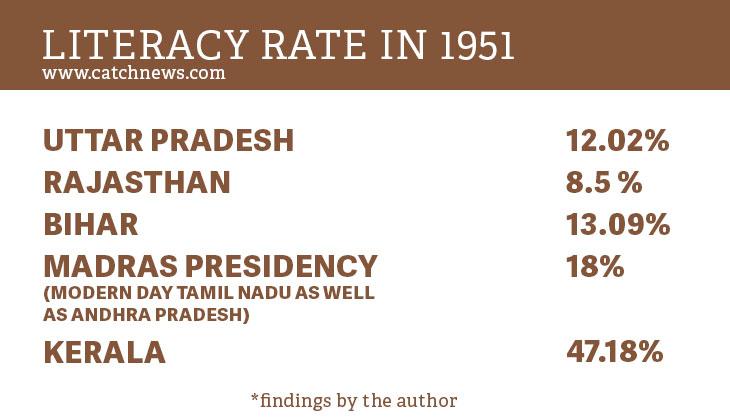
Table 1 shows that Uttar Pradesh, Rajasthan and Bihar in the North started off with a literacy rate of 12.02%, 8.5% and 13.09% respectively, much lower than 18% of Madras Presidency that included the area of modern-day Tamil Nadu and Andhra Pradesh among others. Kerala reached a literacy rate of 47.18% within a decade of independence.
One cannot blame the post-independence governments of northern states for the historical disadvantage of low literacy rates that made it difficult to control fertility rates and improving other social and health indicators of the population in the coming decades.
Constant tussle
It was sometime in the year 2000, when KC Pant, the deputy chairman of the erstwhile Planning Commission wanted to change the base year for calculating the weightage for state population in deciding the seats in Parliament as well as money allocation under the Finance Commission.
But NC Saxena, who held the position of secretary in the same institution, vetoed the proposal. “I knew the trouble such a decision would bring for the government. If we had recommended a change in the base year for census year, it would have been the census of 2001 which would have increased the funds as well as Parliamentary seats of the Northern states. I knew that the southern states will oppose it,” he said.
Saxena argues that for the fear of backlash from southern states, successive Finance Commissions have granted more money to advanced states as a percentage of their share of below poverty line population in the country.
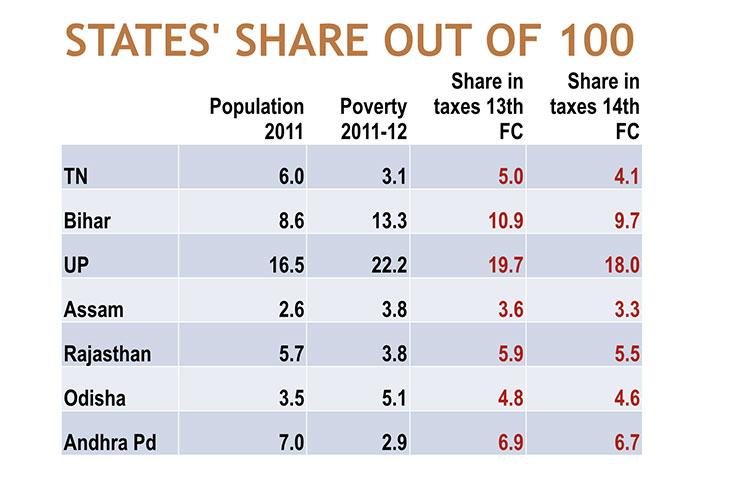
Table 2 shows that Tamil Nadu and Andhra Pradesh, despite having a share in poverty of 3.1% and 2.9% respectively, got a 4.1% and 6.7% share of funds under the 14th Finance Commission.
Bihar and UP, on the other hand, had a 13.3% and 22.2% share respectively in poverty got devolutions of only 9.7% and 18%.
If one argues on the basis of absolute figures, then of course the amount that UP and Bihar get would look higher. But they have more mouths to feed. If the Centre further increases the share of prosperous states in the central devolution, it would result in perpetual inequity within states, leading to mass exodus towards states with more resources, leading to many other socio-economic problems.
Had the Centre been discriminating against the southern states in favour of the Northern states, the share of the former in centrally funded schemes would not have been so drastically high.
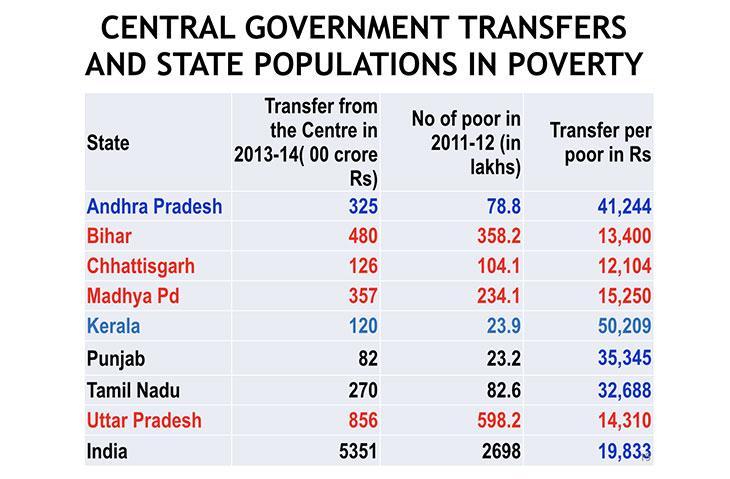
Table 3 shows that central government’s transfer in 2013-14 per poor person in Andhra Pradesh at Rs 41,244 was higher than the combined fund transfer for the poor living in the states of Bihar, Uttar Pradesh and Chattisgarh at Rs 39,814.
The Union of India
At the time of independence when 562 princely and other Provinces decided to be the part of the Indian Union, the deal of joining such a large political entity was to grow together. In this process, some states for various reasons mentioned above have managed to grow faster than the rest. Today, the southern states may feel that the taxes generated on products manufactured in the companies located within their geographical boundaries are responsible for the growth of India, but it is also a fact that the products manufactured in these industrialised states are sold in the markets of North Indian states with a higher population base.
Sops given to the poor of the North are always spent on purchasing products manufactured in the South. This mutually beneficial cycle is at the core of the Indian economy, without which, no Indian state, no matter how advance it is can flourish in the long run.
First published: 15 March 2018, 18:36 IST





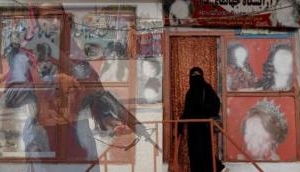
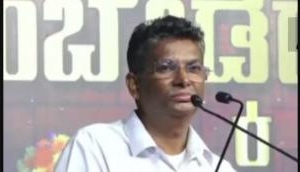
![BJP's Kapil Mishra recreates Shankar Mahadevan’s ‘Breathless’ song to highlight Delhi pollution [WATCH] BJP's Kapil Mishra recreates Shankar Mahadevan’s ‘Breathless’ song to highlight Delhi pollution [WATCH]](https://images.catchnews.com/upload/2022/11/03/kapil-mishra_240884_300x172.png)

![Anupam Kher shares pictures of his toned body on 67th birthday [MUST SEE] Anupam Kher shares pictures of his toned body on 67th birthday [MUST SEE]](https://images.catchnews.com/upload/2022/03/07/Anupam_kher_231145_300x172.jpg)






